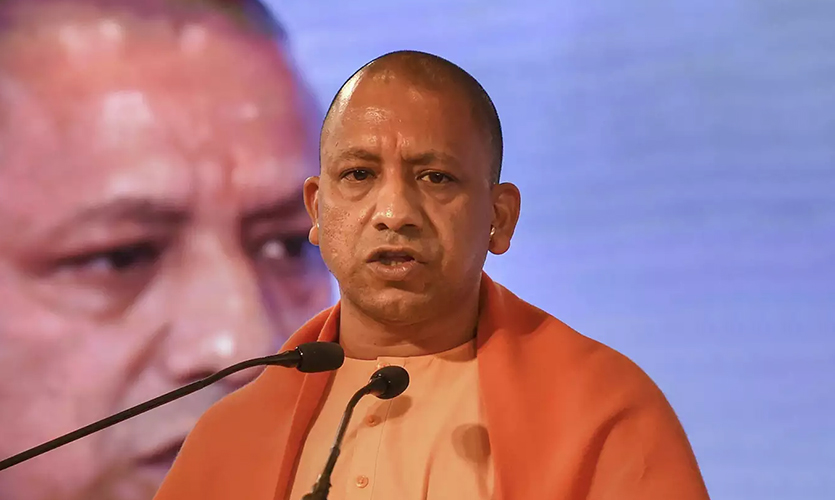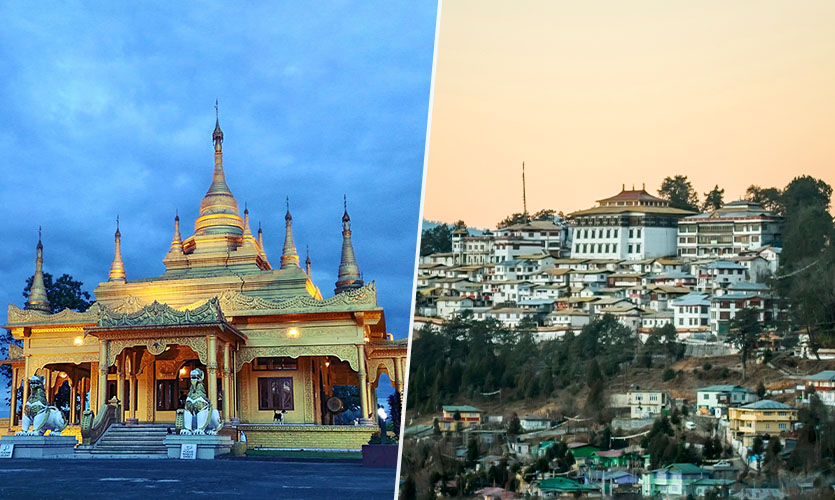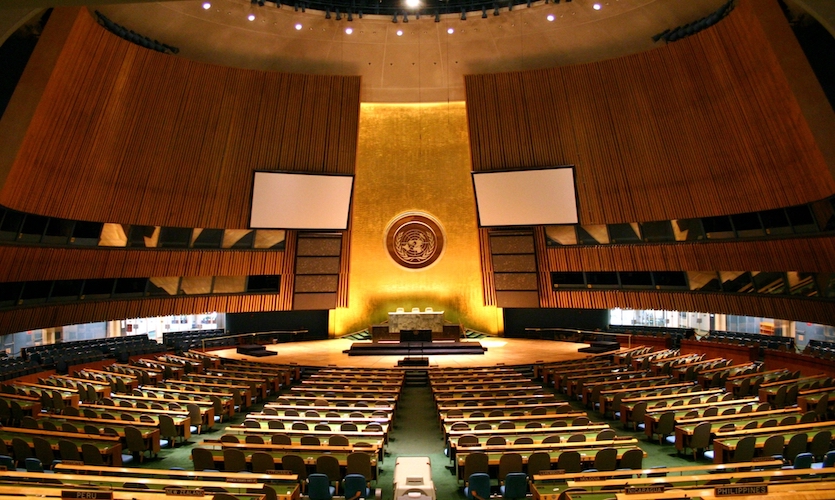On Monday, the release of the United Nations’ annual World Population Prospects (WPP) report coincided with World Population Day. The UN report indicated that India is projected to surpass China to become the world’s most populous country in 2023. Subsequently, Uttar Pradesh Chief Minister Yogi Adityanath, referring to the report, remarked that moving forward there should not be a “population imbalance”, as “differences in growth rates of different religious groups may cause chaos and anarchy”. These remarks have since sparked a war of words, as the CM seemingly blamed India’s population increase on a demographic imbalance.
UN Report Projections
According to the UN’s WPP report, India’s population in 2022 stands at 1.412 billion, in comparison to China’s 1.426 billion. The country’s population is projected to be 1.668 billion in 2050, surpassing China’s projection of 1.317 billion in the same year. Furthermore, more than half of the projected increase up to 2050 will be concentrated in eight countries, including India. The report has also predicted that the world population is set to reach 8 billion on November 15, 2022.
CM Yogi Adityanath’s Statement
On July 11, the Uttar Pradesh CM was addressing an event in Lucknow, marking the commencement of the ‘Population Stabilisation Pakhvada’, a 14-day programme launched to create awareness on population control and family planning. According to health officials, the programme will focus on making couples aware of and facilitating them with family planning methods, while those with one child will be made aware of spacing methods between children.
During his speech, referring to the UN report projections, the CM remarked, “It should not happen that the speed of population growth or the percentage of some community is high, and we stabilise the population of the mulnivasi (natives) through awareness or enforcement.” He further said that this religious demographic imbalance could lead to “anarchy” and “chaos”. “Hence, when we talk about population stabilisation, it should be uniform for everyone and above caste, religion, language or region,” he added.
The Bharatiya Janata Party (BJP)-led Uttar Pradesh is the most populous state in India, with over 24 crore inhabitants, and will soon cross the 25 crore mark.
The Backlash
In response to the UP CM’s statements, BJP leader and former Union Minister of Minority Affairs, Mukhtar Abbas Naqvi, took to Twitter and said, “Population explosion is not the problem of any religion, it is a problem of the country. It is not fair to associate it with caste and any religion.”
The next day, in an interview, Naqvi reiterated, “No country can ignore or afford the problem of a “population explosion”. Effective measures taken by most countries to control population have yielded positive results. People of these countries have supported their respective governments and administrations in efforts to control the increasing population.”
The former minister also responded to Samajwadi Party MP Shafiqur Rahman Barq’s remarks accusing the BJP government in UP of viewing population growth from a “particular angle”. The MP also said that giving birth to a child is “up to Allah”. “No one can ignore the population explosion in the country. Some people want to create ‘unlimited problems on the pretext of Allah’s mercy’ on the issue of population control,” said Naqvi, in response.
On the other hand, All India Majlis-E-Ittehadul Muslimeen (AIMIM) chief Asaduddin Owaisi also took to Twitter, and said, “Sanghis will spend time spreading fake news. The truth is India’s youth & kids face a bleak future under Modi’s rule. At least half of India’s youth are unemployed.” He added, “India is home to the largest number of malnourished children in the world.” Owaisi further went on to claim that “there is no population explosion” as India’s fertility level is below the replacement level.
The following day, speaking in an interview, Owaisi criticised Adityanath and said, “Are Muslims not natives of India? If we see the reality, natives are only tribals and Dravidian people. In UP, without any law, (the) desired fertility rate would be achieved by 2026-2030.” He added, “Their own Health Minister said that no law is needed in the country for population control.”
The AIMIM chief also asserted, “It’s Muslims who’re using most contraceptives. The total fertility rate which was 2.6 in 2016 is now 2.3. Country’s demographic dividend is the best among all countries.”
Yogi Government’s Previous Attempts To Curb Population In UP
In August 2021, the UP Law Commission submitted a draft of the Uttar Pradesh Population (Control, Stabilization and Welfare) Bill, 2021. This proposed bill would incentivise families to follow a “two-child norm”, however, it drew flak for “preference for punishment as a means of population control” as it would make people with more than two children ineligible for government jobs, promotions, and so on.
During the same year, the CM unveiled the Uttar Pradesh Population Policy 2021-2030, which would attempt to reduce the gross fertility rate among women. The population policy also mentioned that the state will strive to “maintain balance in populations of different communities”, indicating that comprehensive programmes will be carried out in communities and areas with higher total fertility rates (TFR).
Reportedly, the UP Minorities Commission, an independent body, said that it has formed committees and will visit areas with more than 25 percent Muslim population to educate them on the need for a population control law, and gather feedback. The commission will then submit a report on this exercise to the speakers of the state assembly and Lok Sabha within three months.
Read more: ‘Fight For Mumbai’: Aaditya Thackeray Leads Protest Against Aarey Metro Car Shed
What Has The Recent National Family Health Survey Indicated?
The Uttar Pradesh CM’s remarks received swift backlash as they were allegedly in line with his party’s long-standing call for bringing down the birth rate in the Muslim community to the national average. The National Family Health Survey-5 (NFHS-5) statistics show that while India has seen an overall decline in fertility rate, there are inter-regional variations. Uttar Pradesh (TFR 2.4) is among the five states yet to achieve the replacement level of 2.1.
TFR is the number of children a woman can be expected to have during her lifetime, which has declined from 2.2 (NFHS-4, 2015-16) to 2.0 (NFHS-5, 2019-21) nationally, below the “replacement” rate of 2.1, where a mother is replaced by a daughter. The NFHS-5 report also indicates that while the Muslim community registers a high fertility rate, it is close when compared to other communities.
Additionally, a Hindustan Times analysis suggests that they are a minority in terms of total families with more than two children. The Muslim community’s TRF during 2019-21 was 2.36, which is a sharp decline from 3.6 during 1998-99. The aforementioned analysis also indicated that this trend is not unique to the community, although their TRF remains higher than that of the Hindu community.
In the context of fertility rate in India, the recently released UN report used data from the Institute for Health Metrics and Evaluation, a Seattle-based research institute, which projected a decline in the TRF of 1.29 births per woman in 2100, instead of the UN’s earlier estimate of 1.69 births.










